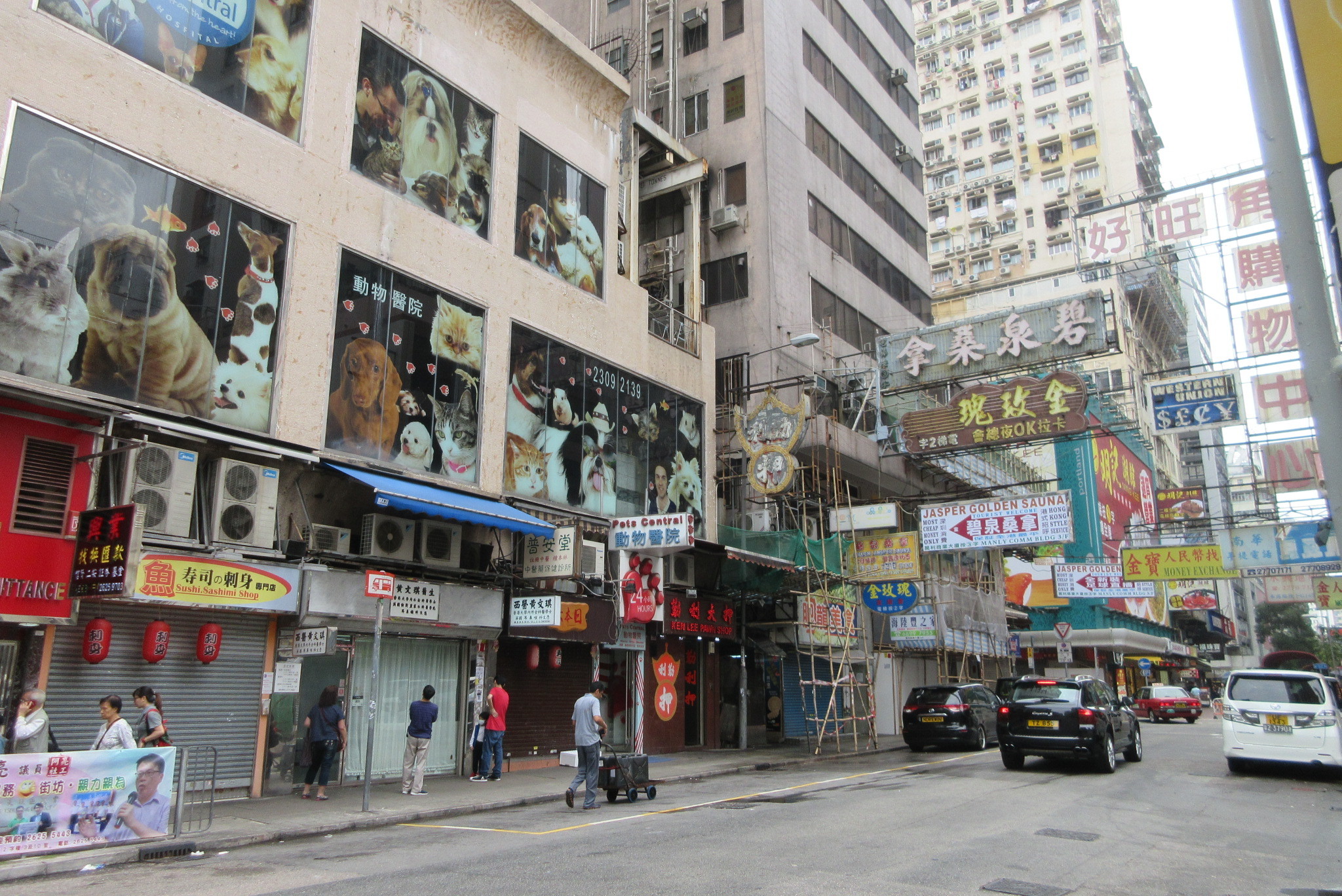By Localiiz
Branded | 17 May 2024
By Localiiz
Branded | 14 May 2024
Copyright © 2025 LOCALIIZ | All rights reserved
Subscribe to our weekly newsletter to get our top stories delivered straight to your inbox.
Header image courtesy of Wikimedia Commons
Although Hong Kong might be small, as a melting pot of Eastern and Western cultures, the place is packed with stories complemented by the city’s complex and rich history. Some of these stories are evident in the small, subtle things, such as street names.
And while the former British colonial government’s influence may be more obvious on the Island side with almost all landmarks named after British officials, street names in Kowloon have their own story to tell, too.


Contrary to a more popular explanation, Shanghai Street in Yau Ma Tei was not named so because of its Shanghainese population. Rather, its name change in 1909 from its previous one of Station Street was to avoid confusion—there was already a lane called Upper Station Street on the Island side. But why call it Shanghai, then?
Turns out, the British colonial government had a spot of rivalry, as they thought that Hong Kong’s Shanghai Street area was as prosperous as the famed port city of Shanghai in China back then. They weren’t wrong, as the Shanghai Street area was a densely populated business corridor, with over a hundred shops that sold traditional wedding dresses, feng shui tools, and more.
Its neighbour, Canton Road, was similarly renamed to avoid confusion, and not because of its Cantonese population—though the Chinese and English names refer to different places, as the translator mistook Guangdong (廣東) for the city of Canton (廣州).

Sherlock Holmes fans like me would be quick to recognise this street, as the fictional 221B Baker Street in London houses the famous detective. However, I sure was disappointed when I learned that the Baker Street in Hung Hom is not a British homage to the distinguished sleuth, but rather, it was named after Robert Baker O.B.E., the chief engineer of the Kowloon-Canton Railway. Like its London counterpart, Hong Kong’s Baker Street doesn’t have a number 221B but instead ends at 121 as part of the residential estate Whampoa Garden.

Nobody ever quite figured out why so many treeless streets in Hong Kong were named after foreign trees, but one particular street in Tai Kok Tsui stands out due to its poetic transliteration. While other tree-based street names are direct translations of the species name, Sycamore Street’s Chinese name (詩歌舞街) sounds like “sycamore” but translates to “Poetry, Song, and Dance Street.”
The most plausible theories of why this might be are how sycamores can refer to different types of trees depending on the region, and also that the most well-known Chinese name for sycamore carries the ill-omened meaning of “fruitless tree.”

Unlike its leafy and lyrical neighbour Sycamore Street, Fir Street and Pine Street in Tai Kok Tsui both have proper tree names for their Chinese translation, but with a twist. In a spectacular mix-up, the Chinese name for Fir Street (松樹街) translates to “Pine Street,” while the Chinese name for Pine Street (杉樹街) translates to “Cedar Street.” And Cedar Street (柏樹街)? It’s “Cypress Street” in Chinese! Perhaps this is one of the few times when being bilingual doesn’t really help at all.

In Cantonese, sai yeung choi (西洋菜) means watercress, and all becomes clear when you realise that both Sai Yeung Choi Street South and Sai Yeung Choi Street North were once part of Mong Kok Village, which was encircled by watercress fields.
Many other streets in Mong Kok are similarly connected to its surroundings as well, such as Goldfish Street, dotted with rows of goldfish pet and supply shops, or Photocopy Street and its many photocopying shops.
Other busy food-themed streets in Kowloon include Tsim Sha Tsui’s Tung Choi Street, named after the Chinese watercress, and Mong Kok’s Soy Street, a moniker based on a soy factory that was there long ago.

Mong Kok Village’s watercress fields don’t water themselves—there was a stream to serve the fields’ irrigation needs, which is where Sai Yee Street is located today. “Sai yee” (洗衣) means clothes-washing in Chinese, and indeed, residents used to wash their clothes in the stream, and some entrepreneurial women who lived nearby even ran businesses washing other people’s clothes in the stream. Today, there are other businesses on this old laundry street as it’s filled with office buildings, restaurants, and malls.
As Mong Kok Village began to modernise in the 1940s, the area shifted from an agricultural economy to an industrial one. One of the new factories that sprang up on Yim Po Fong Street was a textile dyeing factory, with yim po fong (染布房) being the transliteration of “textile dyeing factory” in Cantonese. Adjacent to Yim Po Fong Street is Hak Po Street and Pak Po Street, with hak po (黑布) and pak po (白布) being transliterations of “black cloth” and “white cloth” respectively, as people back then wore a lot of black and white.

Kai Tak in Kowloon used to house Hong Kong’s sole airport before it moved in 1998 to where it is today, so it should be no surprise to find that Concorde Road in Kai Tak is styled after the British-French supersonic passenger airliner of the same name.
British Airways in particular often flew Concordes in and out of Hong Kong, so when the construction for the road finished in 1986, one could say that many Concordes had flown and continued to fly over Concorde Road. The translation for the road—協調道—means “harmony” or “concord,” which is not the Cantonese name of the Concorde jets but it’s close enough.

Top